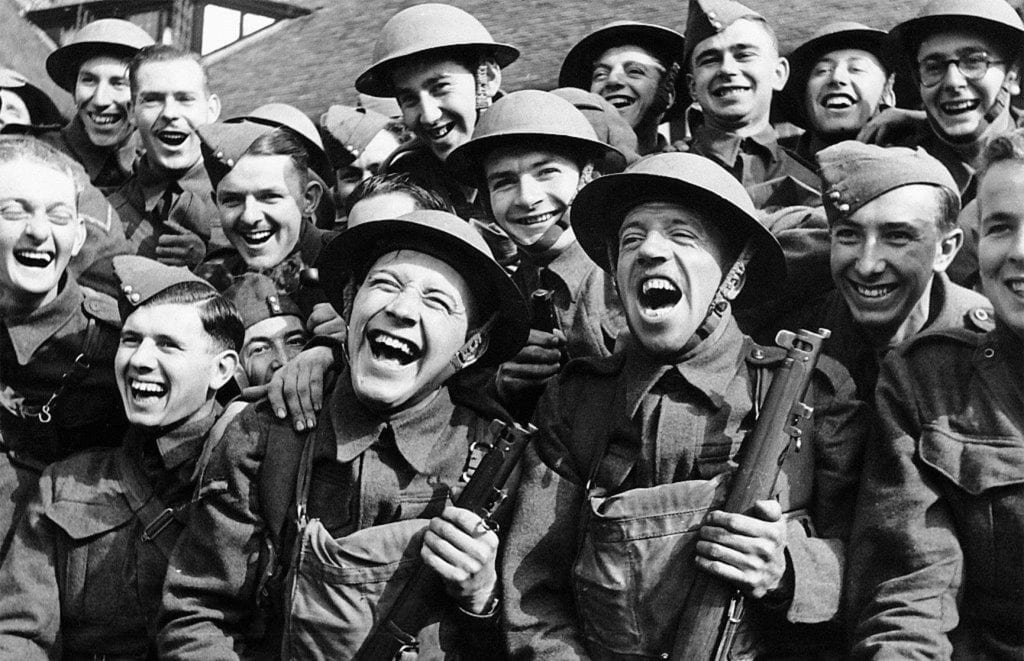
During World War II, the British infantry played a pivotal role in numerous theaters of war, demonstrating courage, resilience, and adaptability in some of the most intense and decisive battles of the conflict. Comprising soldiers from across the British Isles and the British Empire, infantry units formed the backbone of the Allied ground forces, engaging in diverse operations from North Africa to Western Europe and the Far East.
North Africa and the Mediterranean
One of the earliest and longest-running campaigns involving British infantry was the North African campaign against the forces of Field Marshal Erwin Rommel’s Afrika Korps. Beginning with the Allied intervention in Egypt and Libya, British infantry units, along with Commonwealth and Free French forces, faced off against Axis troops in a grueling desert war. Battles such as El Alamein in 1942 marked a turning point, where British infantry under General Bernard Montgomery inflicted a significant defeat on Rommel’s forces, halting their advance towards the Suez Canal and ultimately pushing them back into Tunisia.
In the Mediterranean, British infantry units also played crucial roles in amphibious landings and subsequent ground operations, such as the invasion of Sicily (Operation Husky) in 1943. These operations were critical in opening up new fronts against Axis forces and diverting German resources away from the Eastern Front and Western Europe.
Normandy and Western Europe
The D-Day landings on June 6, 1944, marked the beginning of the Allied invasion of Normandy and the liberation of Western Europe from Nazi occupation. British infantry units formed an integral part of the Allied assault forces, landing on Gold, Sword, and Juno beaches alongside Canadian and other Allied troops. Despite facing heavy German resistance, British infantry divisions made significant advances inland, securing key objectives and paving the way for the Allied breakout from the Normandy beachheads.
Subsequent operations, such as the Battle of Caen and the Falaise Pocket, saw British infantry engaged in fierce fighting against determined German defenses. The campaign in Northwest Europe culminated in the liberation of Paris and the surrender of German forces in May 1945, marking the end of the war in Europe.
Far East and Burma Campaign
In the Far East, British infantry units fought against Japanese forces in challenging jungle and mountainous terrain. The Burma Campaign, fought between 1942 and 1945, saw British and Commonwealth infantry units, including the famed Chindits and Gurkhas, battling against the Japanese Imperial Army. Operations such as the reconquest of Burma and the Battle of Imphal were notable for the harsh conditions and the tenacity displayed by British infantry units, alongside their allies, in pushing back Japanese forces and securing victory in the region.
Training and Equipment
British infantry soldiers during World War II underwent rigorous training to prepare for combat in diverse environments. Training emphasized marksmanship, fieldcraft, and small unit tactics essential for both offensive operations and defensive engagements. Infantry units were equipped with a range of weapons, including rifles, light machine guns, mortars, and anti-tank weapons, adapted to meet the challenges of modern warfare.
Legacy and Impact
The legacy of British infantry during World War II remains profound, embodying the spirit of courage, sacrifice, and determination in the face of adversity. Infantry units from the British Isles and the Commonwealth contributed significantly to the Allied victory, demonstrating their versatility and effectiveness across different theaters of war. The experiences of British infantry during World War II continue to inform military doctrine and training, ensuring that the lessons learned from past conflicts are preserved and applied to modern-day operations.